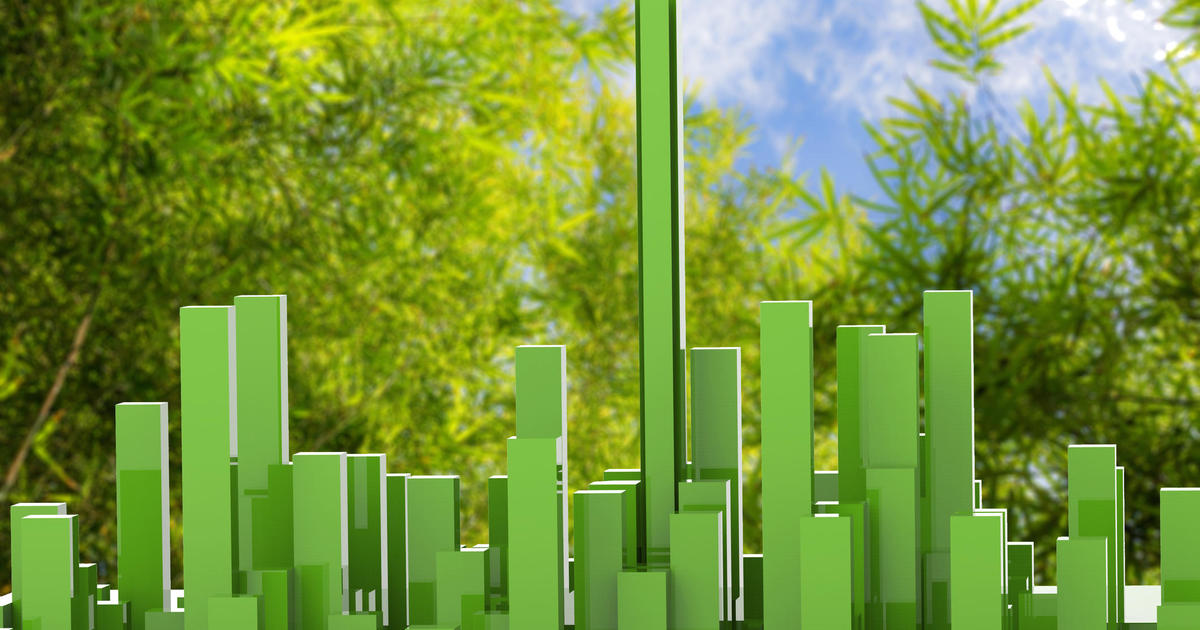Rachel Layne of CBS News writes:
When it comes to the world's energy hogs, few people think about buildings. But they count for almost 40 percent of all carbon emissions. Yet making them more efficient isn't as exciting or even obvious to the ordinary person compared to more visible measures like using more solar power or driving a technologically sophisticated electric car.
The USGBC helps establish standards for green buildings. In 2000, it released what's now known as the LEED standards, which examine factors like water use and reuse, electricity consumption and heating and cooling when evaluating a building's efficiency. LEED stands for Leadership in Energy and Environmental Design and is now one of the most widely used sets of green building standards. Other measures include Green Globes and The U.S. Environmental Protection Agency's Energy Star program.
Green roofs remove heat from the air through the process of evapotranspiration, and also act as insulators for buildings, reducing the energy needed to provide cooling and heating.
Installing green roofs can reduce the negative impact of development while providing numerous environmental, economic, and social benefits. They can improve stormwater management by reducing runoff and improving water quality, conserve energy, mitigate the urban heat island, increase longevity of roofing membranes, reduce noise and air pollution, sequester carbon, increase urban biodiversity by providing habitat for wildlife, provide space for urban agriculture, provide a more aesthetically pleasing and healthy environment to work and live, and improve return on investment compared to traditional roofs. ~ Michigan State University
Watch this video by Chris Wark presented in the Virtual Summit 2011:
Look for our first Throwback Thursdays feature this Thursday, April 25 where we’ll highlight Chris Wark’s still relevant Green Roof Energy Series Intro: Cooler Than Cool Roofs: How Heat Doesn’t Move Through a Green Roof from 2010.
Read more: The many ways "green buildings" save
 Greenroofs.comConnecting the Planet + Living Architecture
Greenroofs.comConnecting the Planet + Living Architecture






Build a Greener Future: 5 Sustainable Building Practices for Construction Companies – Pinpoint Management
[…] HVAC systems, carbon emissions, and over-reliance on artificial climate control. On the other hand, green roofs help manage stormwater runoff by absorbing and retaining […]